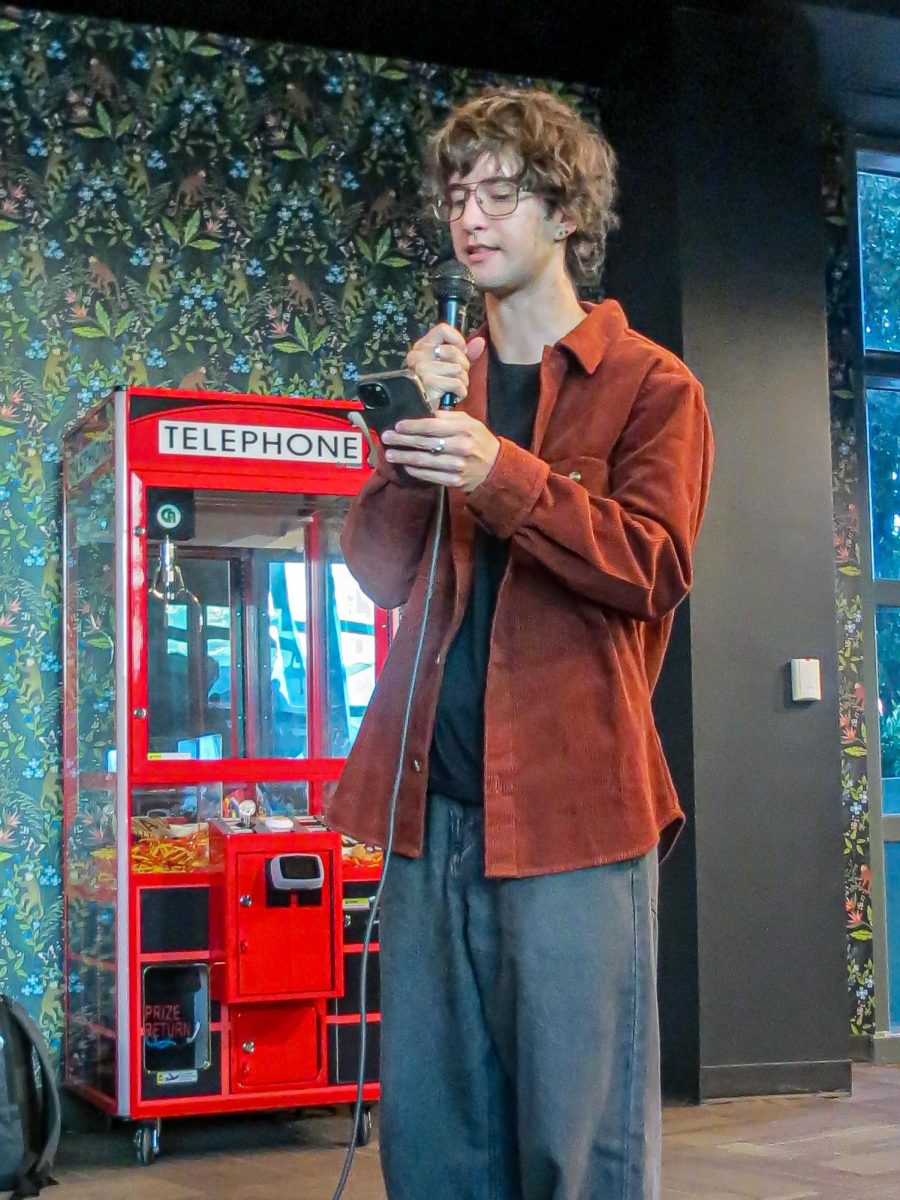In our world, technology is no small subject. It’s a constantly-growing thing. Just two weeks ago, Amazon started their first “Amazon Go” grocery store in Seattle, where people can gain access to the store with the Amazon Go app, pick stuff up and walk out.
“All you need is an Amazon account, the free Amazon Go app, and a recent-generation iPhone or Android phone,” says Amazon. “When you arrive, use the app to enter the store, then feel free to put your phone away—you don’t need it to shop.”
Amazon’s not the only advocate for changing the way technology shapes our world. All the tech companies compete. Notable companies are Amazon, Microsoft and Apple
However, technology is quite controversial. Some love it without condition, while others hate it and always will. Truthfully, there are plenty of reasons to do both. One can’t deny that it comes with no benefits.
[media-credit id=89 align=”alignright” width=”300″] [/media-credit]
[/media-credit]
Notable ways that technology helps us in our daily lives include the availability of online calendars for coordinating several people’s schedules, very easy and accessible communications with friends and family, online banking, weather checking, easy research and photo storage.
Colorado Mesa University organizations use the app Slack to stay in touch and easily message their participants, and it greatly increases the productivity of everyone involved when they can easily communicate at any given time.
Like with many things that hold any sort of controversial value, there is a blurred line between not enough and too much. It’s a very opinionated line, so there’s really no way to be exactly on the line of “just right.” Some will still say it’s too much.
As a whole, society accepts technology as a growing part of our world, but most research shows that one place that it should be more low-profile is in the classroom.
Studies have shown that taking notes by hand is essentially more effective than typing them. These studies are no recent thing, and they’re becoming more widely known all the time. These studies are supported by professors at CMU, including Associate Professor of Psychology Dr. Brian Parry and Professor of Sociology Dr. Brenda Wilhelm.
In an NPR article Wilhelm provides to her students through a link in D2L, details of the advantages of hand-written notes are provided. The article, titled “Attention, Students: Put Your Laptops Away,” says:
“For one thing, research shows that laptops and tablets have a tendency to be distracting — it’s so easy to click over to Facebook in that dull lecture.”
Both the NPR article and the article by the Association for Psychological Science titled “Take Notes by Hand for Better Long-Term Comprehension” state that hand-written notes are more effective because when typing, students tend to hurriedly take note of everything in the lecture, while they’d be writing in their own words and picking key points if they were writing the notes by hand.
In the Association for Psychological Science article, two people, Pam Mueller and Daniel Oppenheimer conducted their own studies on the two different methods of note taking. They had 65 college students take notes on TED Talks that were “interesting but not common knowledge.” Some were given laptops with no internet connection and some were given notebooks.
[media-credit id=2 align=”alignleft” width=”300″] [/media-credit]
[/media-credit]
The students were then tested on factual recall, and the ones with the notebooks performed better with less verbatim overlap, “suggesting that the benefit of having more content is canceled out by ‘mindless transcription.’”
It could be assumed through these tests that people who are quickly typing everything that is said verbatim to lose focus on the subject because they’re focusing on transcribing.
Note-taking can be categorized two ways, according to “Attention, Students.” It can be taken generatively, as it normally is with hand written notes, or it can be taken in a non-generative fashion, like what’s often done on computers. This means that students are either short-handing notes into their own words and, therefore, processing the meaning, or they’re quickly typing everything they can, word for word. These are generative and non-generative, respectively.
The pros and cons of technology look very different in all the categories of life, whether in education and comprehension or organization and productivity. The line between not enough and too much will always be a blurry one.
As technology continues to advance it is up to us to decide how much we want to use it.
What do you think? Should we use less technology and go back to handwriting notes and lack of WiFi or should we advance with the technology?








